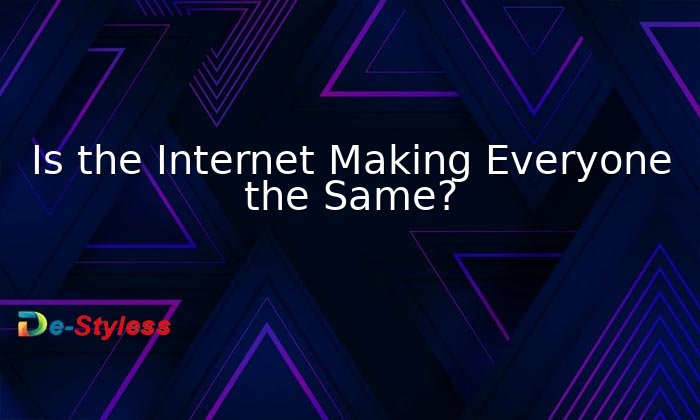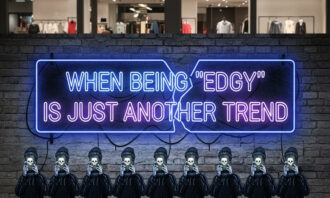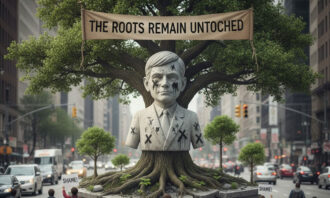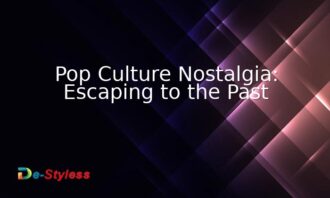The internet has transformed the way people connect, communicate, and consume information. It has opened doors to cultural exchange, knowledge sharing, and global collaboration on a scale never before seen in human history. Yet with these advances comes an unsettling question: is the internet making everyone the same?
While digital platforms have amplified diversity by giving people access to countless voices, they have also created a tendency toward uniformity. Trends spread rapidly, tastes become globalized, and identities are shaped by algorithms designed to recommend what is already popular. The internet simultaneously offers endless possibilities for uniqueness while also nudging people toward sameness.
The Power of Global Trends
Social media and digital platforms accelerate the spread of trends across the world. A dance challenge, fashion style, or meme that originates in one corner of the globe can become a worldwide phenomenon overnight. This interconnectedness creates a sense of shared culture, but it can also blur distinctions between communities and flatten cultural differences.
While global trends foster inclusivity and shared experiences, they also risk producing a digital monoculture where originality becomes overshadowed by virality. What is popular gains more visibility, while niche or local expressions are pushed to the margins.
Algorithms and the Illusion of Choice
One of the strongest forces shaping online behavior is the algorithm. Search engines, social media feeds, and streaming platforms tailor content to user behavior, creating an echo chamber of familiarity. While this personalization appears to offer choice, in practice it often narrows exposure to new or challenging ideas.
As a result, people may find themselves consuming the same music, news, or entertainment as millions of others. Algorithms favor engagement and profitability over diversity, nudging individuals toward conformity without them realizing it.
Cultural Globalization and Identity
The internet has blurred national and cultural boundaries, creating what some describe as a global village. Shared languages, symbols, and aesthetics dominate online spaces, influencing how people dress, speak, and even think. While this global cultural flow increases understanding across borders, it can also lead to the erosion of unique traditions.
At the same time, cultural globalization sparks hybrid identities. Individuals draw from global and local influences to craft new forms of self-expression. This dynamic reveals that sameness is not absolute; instead, it coexists with reinvention and adaptation.
Resistance to Digital Homogenization
Not everyone accepts the pull toward sameness. Online communities dedicated to niche interests, subcultures, and alternative lifestyles thrive precisely because of the internet. Independent creators use digital tools to showcase originality, bypassing mainstream trends. For every viral video, there are countless small-scale expressions of individuality that resist homogenization.
This resistance demonstrates that while the internet can make people appear more similar, it also provides unprecedented opportunities for self-expression. The tension between conformity and individuality is part of what makes the digital age so complex.
The Balance Between Unity and Diversity
The internet has the potential to make people both more similar and more diverse. It fosters shared cultural touchpoints—global memes, viral content, and trending aesthetics—while also giving space for unique voices to be heard. The challenge lies in maintaining balance: celebrating shared connections without erasing differences.
Encouraging digital literacy, supporting independent creators, and embracing cultural pluralism are ways to resist homogenization. The internet should be a place where people discover new perspectives rather than be confined to recycled patterns of sameness.
Conclusion
So, is the internet making everyone the same? The answer is both yes and no. It has undeniably created a global cultural fabric, where trends cross borders with ease and shared experiences unite people across continents. Yet, at the same time, it has also amplified diverse voices, empowered subcultures, and enabled new forms of identity expression.
The real question may not be whether the internet makes everyone the same, but whether individuals and societies can use it wisely—to celebrate connection without losing authenticity. If approached consciously, the internet can be a tool for both unity and diversity, rather than a force of uniformity.
Glossary
- Digital Monoculture: A state where global online trends overshadow local or unique cultural expressions.
- Algorithm: A set of programmed rules used by platforms to decide what content users see.
- Cultural Globalization: The worldwide spread and blending of cultural ideas, practices, and products.
- Echo Chamber: A situation where individuals are only exposed to ideas and opinions that mirror their own.
- Virality: The rapid and widespread sharing of content across digital platforms.
- Pluralism: A condition in which multiple cultures, values, and perspectives coexist respectfully.





